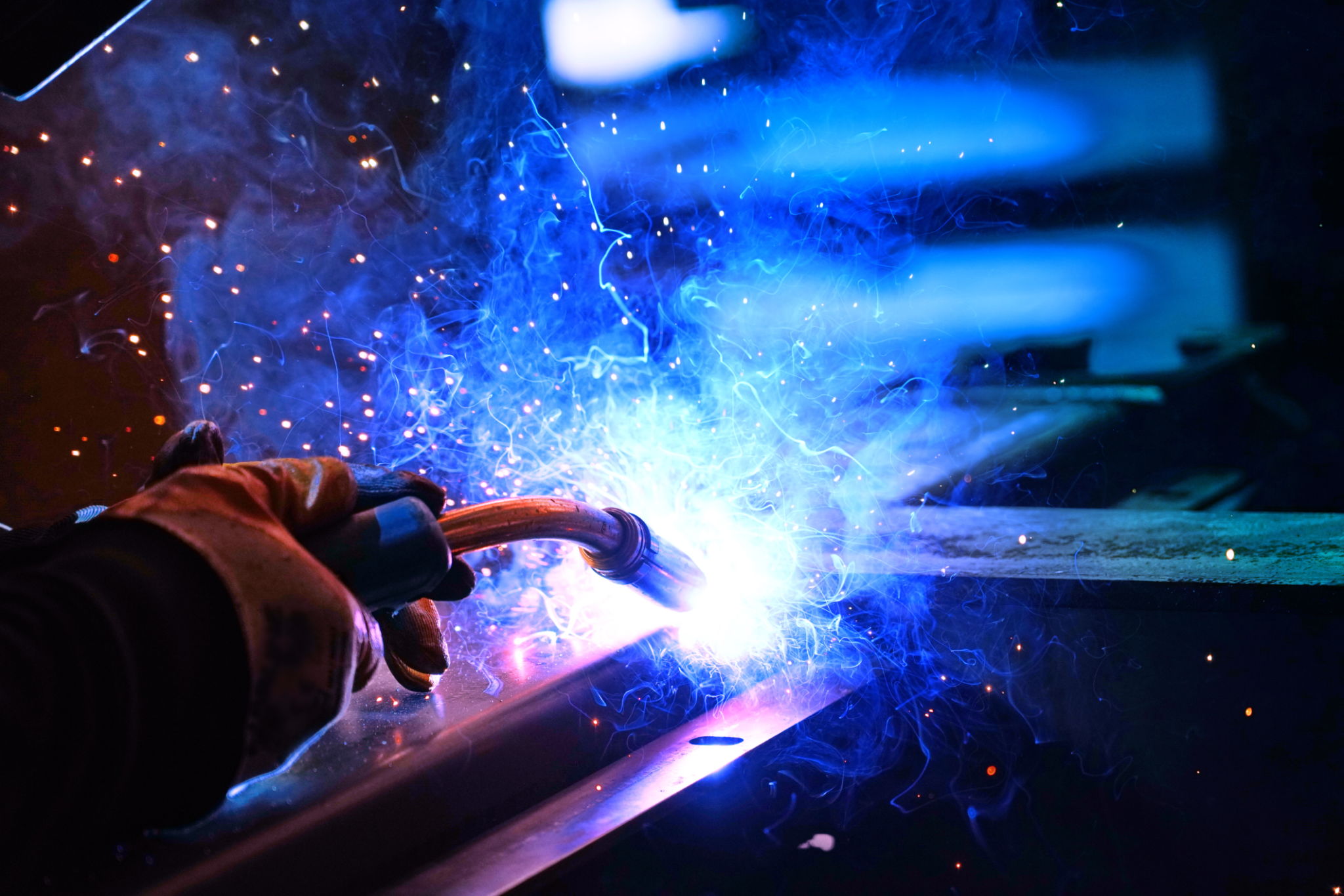Mastering the art of welding: Tips for success
From construction to manufacturing, welding is both a skill and an art form. You need dedication, practice and a commitment to continuous improvement to master the craft of welding, whether you're just starting or looking to enhance your expertise. In this guide, we'll explore essential tips to help you succeed in the welding world.
Invest in quality equipment:
The foundation for successful welding is quality equipment. Invest in reliable welding machines, protective gear and tools suited to your specific needs. High-quality equipment can boost efficiency, safety and the overall quality of your welds, but it may require an initial investment.
Understand different welding techniques:
It is important to understand the principles behind welding techniques such as MIG (Metal Inert Gas), TIG (Tungsten Inert Gas) and Stick welding. The welding industry has many different welding techniques available, so you should try out different methods in order to grow your welding skill set and become able to adapt to a variety of welding situations.
Practise proper welding safety:
Whenever you weld, safety should always be a top priority. Get familiar with welding safety protocols, including wearing safety gear like welding helmets, gloves and flame-resistant clothing. Keep an eye out for sparks, fumes and electrical hazards in your workspace, and ensure it is well-ventilated.

Master welding positions:
In welding, you may need to work in a variety of positions, including flat, horizontal, vertical and overhead. To improve your welding quality and integrity, you should practise welding in different positions. By adjusting your welding parameters and technique according to the position, you can enhance the quality and integrity of your welds.
Prepare properly:
For high-quality welds, proper preparation is crucial. Cleanliness is essential, so make sure both welding surfaces and materials are free from contaminants like paint, rust and oil. For clean, well-prepared surfaces before welding, use appropriate cleaning methods like wire brushing or grinding.
Master welding parameters:
Achieving consistent and strong welds requires understanding and controlling welding parameters such as voltage, amperage and travel speed. Determine the optimal parameters for your welding project by experimenting with different settings on scrap material. Keep detailed records of successful settings for future use.
Continuous learning and improvement:
The welding industry is dynamic, and there are always new techniques, materials and technologies coming out. Embrace new welding techniques and technologies to stay at the forefront of the field and to constantly improve your skills. Attend workshops, training courses and industry events to stay curious and committed to lifelong learning.
Conclusion:
Mastering the art of welding requires a combination of technical knowledge, hands-on experience and a commitment to safety and continuous improvement. By investing in quality equipment, learning a variety of welding techniques, prioritising safety, mastering welding positions, preparing properly, mastering welding parameters and embracing continuous learning, you can achieve success in this rewarding industry. Whether you're a beginner or a seasoned welder, remember that dedication and practice are key to honing your skills and achieving excellence in welding.
Ready to take your career to the next level? Get in touch with Stenrock Recruitment to learn more about their exciting career opportunities.
